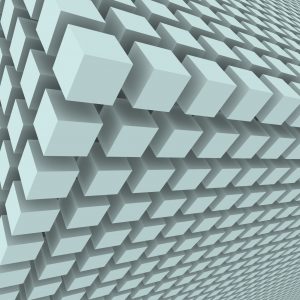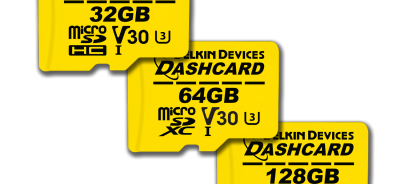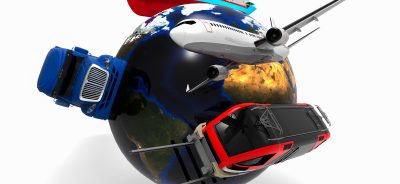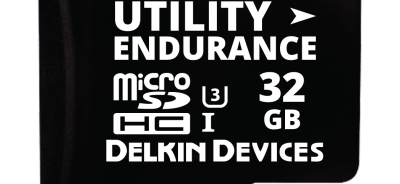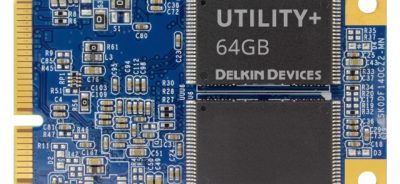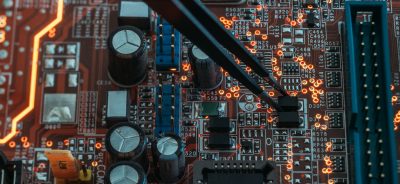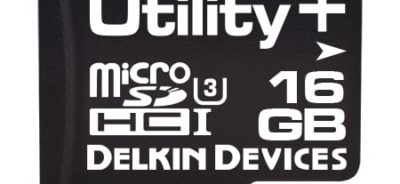3D NAND Flash- Get the Facts
3D NAND Flash
Flash memory revolutionized the way data could be stored across all kinds of devices in all kinds of industries. Thanks to the reliability of 3D NAND flash memory, industrial devices used in rugged operating conditions can confidently store large amounts of data without the concerns about failure that come with the mechanical storage mechanisms of hard disk drives (HDDs). However, there was an issue that vexed users of flash technology: storage capacity. The construction of flash memory means that storage capacity is limited to the number of chips that can fit on the storage device.
With the ever-constant push to make devices—and by extension, the memory cards used in them—smaller and smaller, flash memory engineers have conceived of a new way to boost capacity: build up instead of out. With 3D NAND flash, memory chips are stacked vertically. This means that capacity can be increased without lengthening the memory card. Here are the facts you need to know about 3D NAND flash memory.
2D NAND has capacity limitations.
As previously mentioned, 2D NAND, or planar NAND, has limitations due to the size requirements of embedded storage devices. With planar NAND, the memory cells sit side-by-side on the memory card. The size of the memory card and the type of NAND used to determine the maximum storage capacity.
Although 2D NAND has adequate storage capacity for many devices, applications with high data storage needs may have difficulties. Additionally, industrial applications, which require the highest possible level of data security, tend to rely on SLC NAND flash memory. SLC, or single-level cell, flash is the most secure version available and offers reliable performance with the lowest risk of data loss. However, with SLC flash, only one bit of data is stored per cell; this means that it also has the most storage restrictions.
3D NAND flash solves storage problems—and more.
By stacking cells instead of extending them on a plane, it is easy to increase storage capacities without significantly increasing the size of the memory card. Stacking cells creates a three-dimensional matrix of storage that offers dramatically more capacity in the same size storage device.
However, increased capacity isn’t the only advantage of 3D NAND flash memory. This kind of flash memory is also faster than planar NAND flash memory. This is because the distance between cells is less than it is in a 2D design. Similarly, 3D NAND flash memory uses about 50% less power than planar flash memory.
Your 3D NAND flash memory manufacturer matters.
Manufacturing 3D NAND flash memory is a complex process that requires sophisticated procedures. A small problem with one cell block can make the entire memory card unusable. It is important to choose a manufacturer with a proven track record in producing reliable 3D flash memory so that you can avoid costly malfunctions when applications are being used in the field.
At Delkin, our team is experienced in meeting all of the needs of the industrial flash memory market, including manufacturing trustworthy 3D NAND flash memory. Talk to one of our customer representatives today about your needs for rugged, embedded memory. We’re ready to help you find the right solution for your device.
ORDER DELKIN INDUSTRIAL FLASH STORAGE TODAY through our distribution partner Newark.
For Europe Contact Our Partner Farnell
 Login
Login Register
Register


